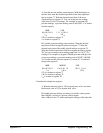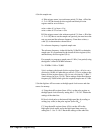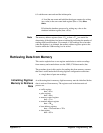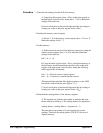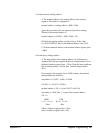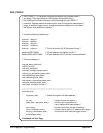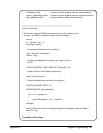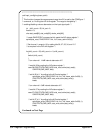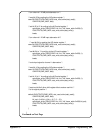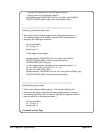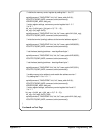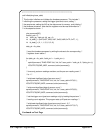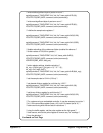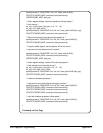
initiate(base_addr); /* function call which prepares memory to store readings */
memory_retrieve(base_addr); /* function call which prepares memory to retrieve readings */
data_read(base_addr); /* function call which reads the data register */
}
/****************************************************************************/
void conf_read(void)
{
/* This function uses the CONFigure command to set up 20 readings on the */
/* 5V range. The READ? command is used to take the readings. */
char go;
int readings = 20, i = 0;
float *rdgs, *readcnt;
/* dynamically allocate memory for readings */
rdgs = malloc(20 * sizeof(float));
readcnt = rdgs;
/* configure the digitizer for 20 readings, 5V range, on input */
/* port 3 */
IOOUTPUTS(ADDR, "CONF1:ARR:VOLT (20),5,(@3)", 26);
/* check for errors in the CONFigure command */
check_error("conf_read");
/* initiate the digitizer and read (fetch) the readings */
IOOUTPUTS(ADDR, "READ?", 5);
IOENTERA(ADDR, rdgs, &readings);
for (i = 0; i < readings; i++)
{
printf("\nReading %d = %f", i, *readcnt++);
}
free(rdgs);
printf("\nPress Enter (return) to change configuration with register reads and writes");
scanf("%c", go);
}
Continued on Next Page
Appendix C Register Programming 391



